Tag Archives Bees
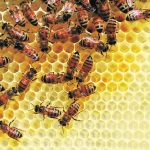
Honey producers watch the temperature

Honey producers watch the temperature

Plants can make chemicals for bee-friendly insecticides
Limonoids give citrus fruits their bitter taste and are also the active components in crop protection that doesn’t hurt bees
Plants have evolved ways to protect themselves using complex chemicals that can challenge even the most astute chemists. Collaborating researchers at the John Innes Centre in Norwich, United Kingdom, and Stanford University in California recently revealed the enzymes that certain plants, such as mahogany and citrus, use to make limonoids. These molecules are the compounds […] Read more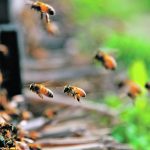
Honeybee lifespans appear to be shrinking
Recent experiments find that the mean average lifespan was half that of caged bees in similar studies in the 1970s
A study by entomologists at the University of Maryland has shown that the lifespan of individual honeybees kept in a controlled laboratory environment is 50 percent shorter than it was in the 1970s. Over the past decade, many beekeepers have reported high loss rates requiring more replacements to keep their operations viable. Much of those […] Read more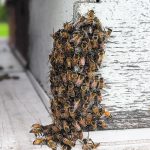
Hosting bees – photo essay
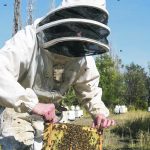
Bees help researcher land ‘dream job’ in Sask.
The Western College of Veterinary Medicine hires veterinarian to serve as its first pollinator health research chair
From beef to bees, that’s the path Sarah Wood took to find her dream job as the first research chair in pollinator health at the Western College of Veterinary Medicine at the University of Saskatchewan. “I’m here to stay… I have my dream job. I don’t need another job for the rest of my life,” […] Read more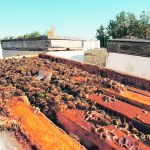
Bee losses soar as producers take stock after bad winter
Winter was longer and colder than normal last year, but varroa mites were the main cause of hive losses on most apiaries
Beekeepers in Alberta, the province with the most honeybees in Canada, may have lost 50 percent of their hives this winter. In Manitoba, the losses are even worse, as 57 percent of bee colonies didn’t survive the winter. The estimates are based on a survey of Canadian beekeepers conducted every spring by the Canadian Association […] Read more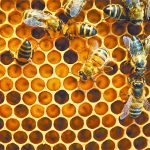
Bee losses mount amid cold snap
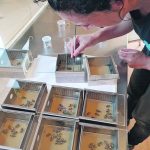
Honeybees social distance for protection
One of the imperatives is to maintain a healthy environment in the core occupied by young bees, nurses and the queen
Researchers at the University College London in the United Kingdom and the University of Sassari in Italy have found that honeybees developed social distancing practices during their behavioural evolution. It was used as a way to modify the use of space and interactions between young and old bees when the hive is threatened by harmful […] Read more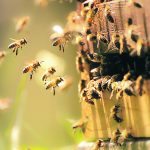
New miticide option may offer hope for world’s beekeepers
Researchers find two miticides already used in a variety of crops that could also control varroa mites and not harm bees
Of all the threats to honeybees — drought, disease and cold weather in the spring — one issue stands above the rest: varroa mites. The parasite affects bees in three ways: Feeds on the bodies of immature and mature bees, weakening their immune systems. Uses up reserves of nutrients needed for overwintering. Transmits viruses within […] Read more


